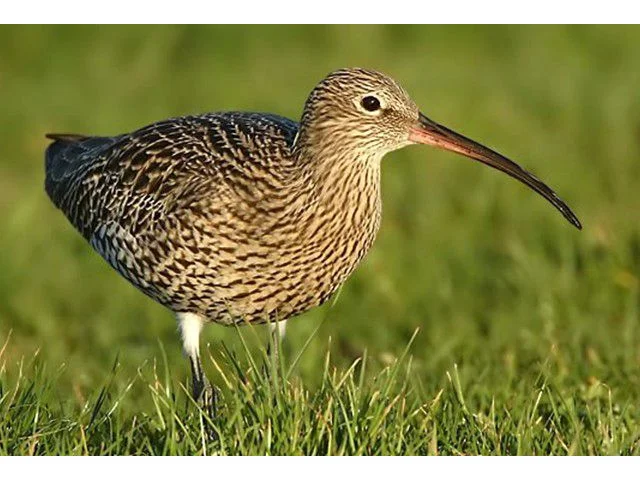RSPB and local farmers unite to help Eurasian Curlew

THE RSPB has successfully completed a pilot project to help Eurasian Curlew in Oxfordshire, the charity has announced.
Working with local farmers, volunteers and the Trust for Oxfordshire’s Environment (TOE2), which helped fund the project, the RSPB located and monitored nests of this secretive and declining wader across the Upper Thames River Valleys. The aim was to discover more about the curlew’s nesting habits and the possible reasons behind its decline.
Eurasian Curlew numbers fell by 45 per cent between 1995 and 2011, according to the Breeding Bird Survey; up to 25 per cent of the world population lives in Britain, so the decline has serious implications for the species as a whole. It is Red Listed in Britain and considered Near Threatened by BirdLife International.
Surveys of waders across the Upper Thames River Valleys showed that breeding Eurasian Curlew there have declined by 51 per cent between 2005 and 2015. However, the area remains one of the most important for the species in southern England.
During the project, volunteers visited farms and nature reserves every week over spring and summer, identifying the birds’ territories and recording their behaviour. Licensed RSPB staff then used this information to help locate the hidden nests, taking detailed measurements and installing temperature sensors to establish which nests were warm (and successful) and which were cold (and had failed). At least three of the six monitored nests seem to have hatched successfully, and recent surveying suggests that some of the chicks have already o fledged and become independent of their parents.
Working with farmers and local contractor R C Baker, the RSPB also restored a series of ‘scrapes’, or seasonal pools, on key farms. These pools provide essential feeding areas for wading birds. The pools were re-shaped to create a gentler slope, improving the amount of muddy edge and access to the food curlews love to eat, such as earthworms.
The impact of this initiative will start to be measured next spring, when surveyors will re-visit curlew sites and discover how their numbers have responded. The RSPB hopes to be able to extend the project into 2017 if it is are able to secure further funding.

